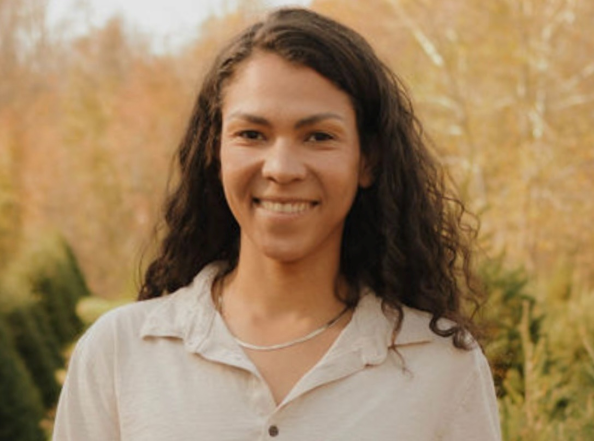2024 FRACTALS Fellow Series Part 2 | Register
2024-03-12 (Noon Eastern)
Abstract
The announcement of the first public exascale computer Frontier at Oak Ridge National Laboratory has researchers already preparing for the next era of supercomputing, enabling the next generation of network topologies for high-performance computing. In this talk, we introduce a network topology suitable for post-exascale systems. In particular, we explore and construct the network topology PolarStar. The PolarStar topology is based on the star product of Erdős-Rényi polarity graphs with Paley or Inductive Quad graphs, and we’ll focus on constructions with Paley graphs. For a prime power and finite field the Erdős-Rényi polarity graph contains vertices corresponding to the set of nonzero left-normalized vectors where two vertices are connected if their dot product is . The left-normalized vectors in are precisely the vectors in which the first non-zero entry is 1. For a prime power , the Paley graph contains vertices corresponding to the elements in the finite field where two vertices are connected if their difference is a square in . The star product PolarStar is made up of groups with routers in each group. Each router has intra-group connections defined by and inter-group connections defined by . We will also show that many high-performance computing networks, for example Dragonfly, are in fact based on star products.
Activity Outcomes (bring paper/tablet etc…)
- Construct
- Construct
- Construct PolarStar, the star product of and
Bio
2024 FRACTALS Fellow: Aleyah Dawkins is a PhD candidate at George Mason University, graduating in May 2024. Her main research interests are in combinatorics, particularly graph theory. Aleyah is currently a guest student at Los Alamos National Laboratory (LANL) where she researches mathematical designs and properties of high-performance computing networks to be applied to exascale and post-exascale networks, in collaboration with researchers from Colgate University, ETH Zurich, Intel, and LANL. Her professional mission is to create inclusive learning environments to address retention of a diverse community in mathematics.

